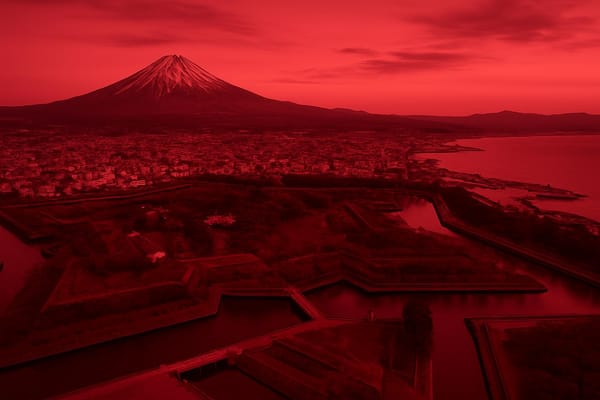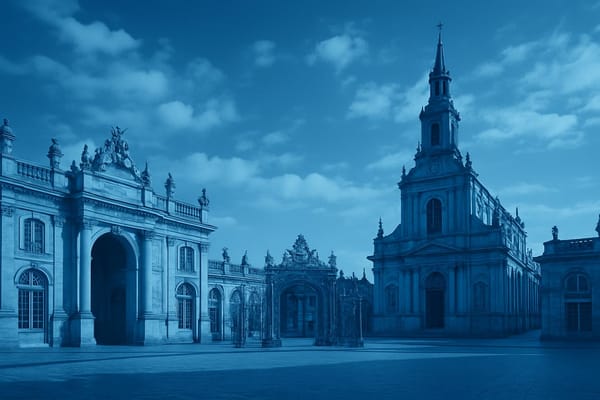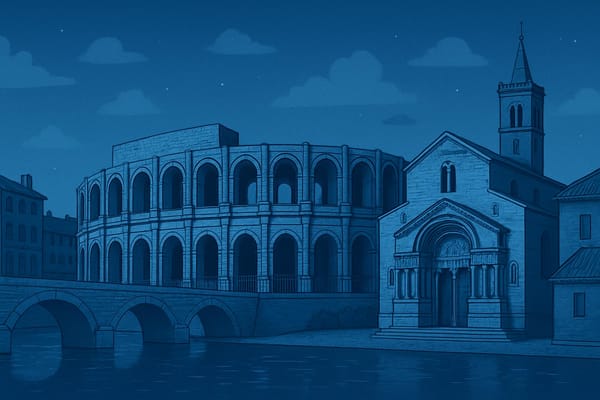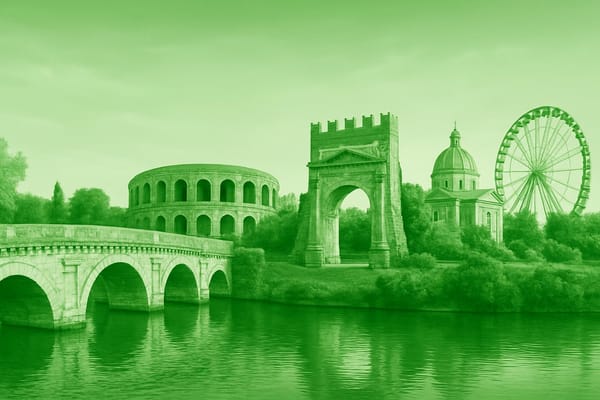New York City
Top attractions: Statue of Liberty views, Broadway shows, Central Park, skyline, museums & food.
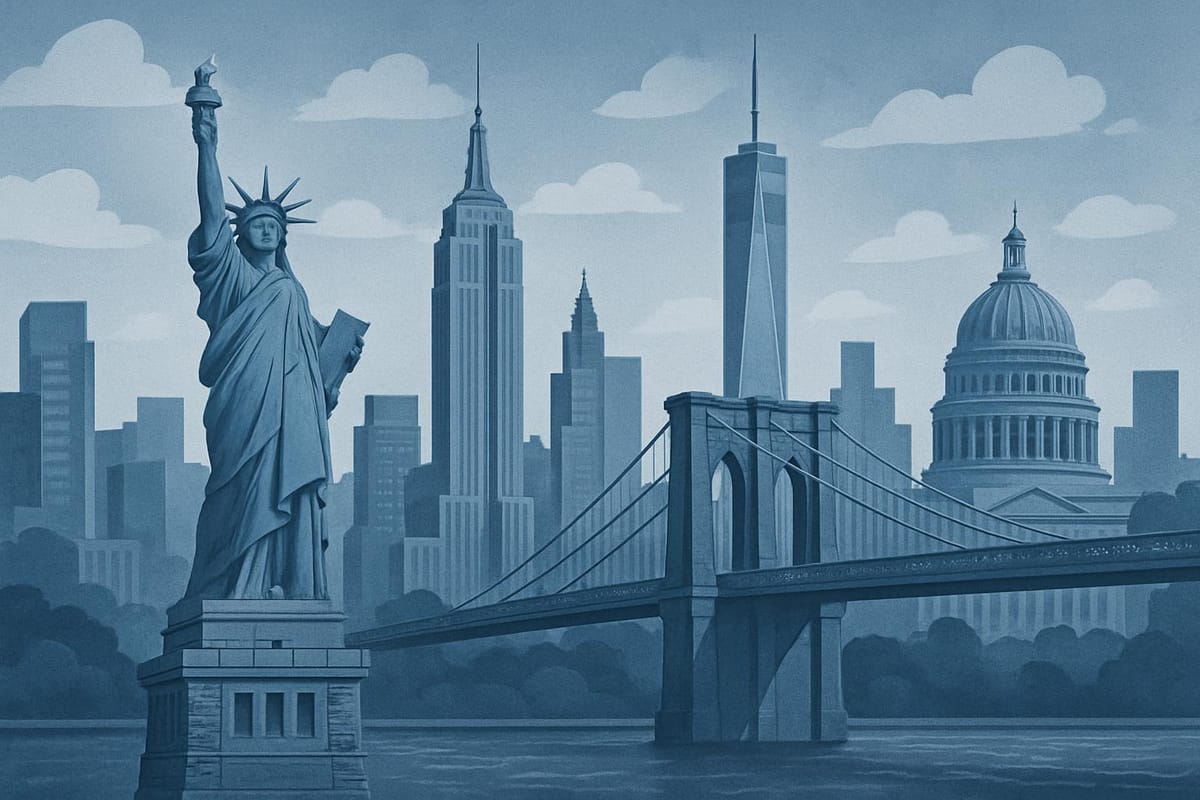
Important things to know about New York City
New York City is a vast, pulsing urban organism in the United States where scale, density, and constant motion shape everyday life; as NYC it is defined by converging cultures, a relentless business tempo, and neighborhoods that evolve continuously, creating a mosaic of languages, industries, and lifestyles that together fuel global influence in finance, media, fashion, and technology. The city’s residential blocks, narrow alleys, and broad avenues reflect demographic layers from long-established communities to recent arrivals, producing distinct local identities across Manhattan, Brooklyn, Queens, The Bronx, and Staten Island while sustaining a shared civic infrastructure of subways, buses, ferries, and commuter rails that enable high-density living and complex commuter patterns. Institutions of education, research, and healthcare interweave with small businesses, startups, and multinational headquarters to generate economic resilience, while a vigorous scene for arts, independent publishing, culinary innovation, and creative production keeps cultural life adaptive and influential. Urban planning and architecture here exhibit both historic fabric and constant redevelopment, balancing preservation with new construction and reshaping skylines and streetscapes to meet changing demands for housing, sustainability, and public space. Daily life in the city blends convenience and challenge: pedestrian rhythms, 24-hour services, and an on-demand economy coexist alongside affordability pressures, infrastructure needs, and environmental considerations that drive civic debate and policy. For residents and visitors alike, the defining qualities are intensity, diversity, and opportunity-an urban environment that continually reinvents itself while retaining a recognizable energy and ambition that anchor its global reputation.
Sightseeing hot-spots in New York City
New York City is a global magnet for travelers seeking iconic sightseeing and unforgettable attractions. From the moment you glimpse the Manhattan skyline, the city’s energy is palpable; riding the ferry to the Statue of Liberty and exploring Ellis Island are quintessential experiences that connect visitors to America’s history. Strolling along the waterfront or looking up from a rooftop bar gives a sense of why New York City appears on so many must-visit lists: dramatic views, architectural marvels, and a skyline that defines the urban imagination.
Central to any itinerary is Central Park, a sprawling green oasis that contrasts with the surrounding skyscrapers and invites leisurely walks, bike rides, and picnics. Art and culture thrive here - the Metropolitan Museum of Art and other world-class museums line the avenues, while evening entertainment comes alive on Broadway and in the glowing chaos of Times Square. For panoramic perspectives, head to the observation decks of the Empire State Building or Rockefeller Center, and don’t miss crossing the Brooklyn Bridge for exceptional photo opportunities and skyline views.
Exploring neighborhoods is as rewarding as visiting landmarks: wander the cobblestone streets of DUMBO, savor the vibrant food scene in Queens and Brooklyn, and discover hidden galleries, markets, and local boutiques. Practical tips for sightseeing in New York City include planning for crowds, booking popular attractions in advance, and mixing iconic sites with neighborhood walks to experience authentic city life. Whether you’re seeking cultural institutions, architectural icons, or culinary adventures, New York City delivers a rich array of tourist attractions and memorable moments.
Hotels to enjoy in New York City
New York City is home to an extraordinary range of hotels in NYC, from iconic luxury properties overlooking Central Park to smart budget stays tucked into lively neighborhoods. Whether you're searching for Manhattan grandeur, a boutique retreat in SoHo, or modern rooms with skyline views in Midtown, the diversity of New York City hotels means accommodation for every traveler. Many visitors prioritize location-proximity to Times Square, theater districts, subway lines, and world-class dining-while others focus on amenities like rooftop bars, fitness centers, or complimentary breakfasts. For people planning business trips, extended stays, or romantic getaways, the right hotel can transform a visit into a memorable experience, and the abundance of options in NYC keeps competition high and service exceptional.
When choosing among hotels in New York City, consider not only star ratings but also neighborhood character, seasonal rates, and reviews from recent guests. Booking earlier often secures the best deals, especially around major events and holidays, and comparing options across boroughs like Brooklyn, Queens, and Manhattan can uncover hidden gems with authentic local flair. Travelers looking for the best hotels in New York City should weigh convenience against price-sometimes a short subway ride to a more affordable hotel yields better value than a pricey room near Times Square. Whether you prefer a historic property with classic charm or a sleek, modern hotel with tech-forward features, NYC's lodging scene offers rich choices that cater to all tastes and budgets, ensuring your stay in the city feels uniquely tailored to your plans.
Restaurants to try in New York City
New York City restaurants offer an incomparable culinary landscape where tradition meets innovation, making NYC a top destination for food lovers searching for the best restaurants in New York. From cozy neighborhood bistros in Brooklyn to elegant tasting menus in Manhattan, the diversity of flavors reflects the city’s multicultural spirit. Visitors and locals alike can find everything from michelin-starred establishments to beloved cheap eats, legendary pizza joints and artisanal bagels, along with seasonal farm-to-table menus and inventive street food that can be sampled on every corner. The vibrant food scene is supported by an ever-evolving roster of chefs and restaurateurs who push culinary boundaries, while neighborhoods in Queens and the Bronx showcase authentic international cuisines that enrich the broader NYC dining experience.
Exploring restaurants of New York City means balancing famous hotspots with hidden local favorites, where making reservations can unlock exclusive tasting experiences or rooftop views of the skyline. Whether you are researching NYC dining for a weekend getaway, planning a special occasion at a luxurious fine dining venue, or simply hunting down the city’s best late-night bites, the options cater to every palate and budget. The intensity of culinary competition in New York constantly raises the bar, so food enthusiasts should expect seasonal menus, bold flavor combinations, and a commitment to quality ingredients that define why restaurants in New York City remain world-renowned and endlessly exciting.
Best shopping stops in New York City
New York City shopping offers an unmistakable blend of luxury and eclectic finds that make it one of the world’s top retail destinations. From the gleaming flagship stores along Fifth Avenue to the high-fashion ateliers in SoHo, shoppers can experience everything from designer labels to cutting-edge independent brands. Department store icons like Macy’s, Saks Fifth Avenue, and Bloomingdale’s provide sprawling floors of fashion, beauty, and home goods, while neighborhood boutiques in the East Village and West Village specialize in curated, limited-edition pieces. For travelers focused on shopping in NYC, the contrast between polished showrooms and vibrant street-level storefronts creates a dynamic retail landscape where trends are born and classic New York style is on display.
Beyond the major avenues, the city’s shopping highlights include bustling street markets and vintage meccas that attract bargain hunters and collectors alike. Markets such as the Brooklyn Flea and Chelsea Market showcase local designers, artisanal food vendors, and antiques, making them perfect for finding unique souvenirs and gifts. Neighborhoods like Williamsburg and the Lower East Side are known for thrift stores and emerging designer studios, offering an affordable way to tap into the city’s fashion scene. Whether you’re searching for high-end couture, indie labels, or one-of-a-kind vintage treasures, New York City shopping delivers variety, excitement, and a distinctly urban experience that keeps visitors coming back.
Nightlife highlights in New York City
New York City nightlife pulses with an energy like no other, blending iconic Times Square lights with intimate speakeasies and panoramic rooftop bars that overlook the skyline. From trendy cocktail bars in Manhattan to underground dance clubs where world-class DJs spin until dawn, NYC nightlife offers diverse scenes for every mood and crowd. Visitors and locals alike flock to nightlife hotspots in Greenwich Village and Midtown, seeking expertly mixed cocktails, immersive themed nights, and late-night dancing. Whether you’re after a sleek rooftop experience, a buzzy bar crawl through Brooklyn, or an elegant cocktail lounge, the city’s entertainment options are endlessly photogenic and social-media friendly, making it easy to find the perfect night out.
Beyond glitzy views and high-energy clubs, the city’s after-dark culture thrives on live music and historic jazz clubs, where intimate performances create unforgettable evenings. Neighborhoods like Williamsburg and the East Village serve up eclectic shows, indie venues and open-mic nights alongside late-night food options that keep the party going. New York City nightlife is also remarkably inclusive, with LGBTQ-friendly venues, cultural events and seasonal rooftop pop-ups that reflect the city’s diversity. Whether you’re planning a special celebration or a spontaneous night out, the city’s combination of music, food, and atmosphere ensures every outing feels distinct and exciting.
Getting around in New York City
New York City's airport and train landscape is a dense, well-connected but sometimes congested system that serves millions of travelers each year, with JFK, LaGuardia (LGA) and Newark (EWR) forming the core of air access and a robust network of rail options-AirTrain JFK links to the LIRR and subway at Jamaica and Howard Beach, AirTrain Newark connects to NJ Transit and Amtrak, while LaGuardia relies on fast bus shuttles like the Q70 and M60 for airport-to-city transfers; beyond airport links, the city’s MTA subway, Long Island Rail Road, Metro-North, PATH, NJ Transit and Amtrak offer layered train connections for commuters and visitors heading into Manhattan, the boroughs or out-of-state, so planning around peak hours, checking service advisories and considering a mix of rail, bus, shuttle and rideshare can save time; recent infrastructure upgrades and ongoing projects aim to improve public transit reliability and reduce transfer friction, making New York City’s combined airport and train system increasingly important for smoother travel, better connectivity and more efficient urban mobility.
Culture must-see's in New York City
New York City is a global magnet for the arts and innovation, where iconic institutions and local creativity intersect to form unforgettable culture highlights. From the dazzling lights of Broadway theaters to world-class museums like the Met and MoMA, the city offers a nonstop calendar of performances and exhibitions that define American and international culture. Historic venues and avant-garde galleries sit side by side, while jazz clubs, opera houses, and contemporary dance companies provide a rich tapestry of performing arts. The skyline and diverse architecture are themselves artistic statements, with landmark buildings and modern towers shaping neighborhoods that inspire visitors and residents alike.
Beyond institutions, the real heartbeat of New York City culture is its neighborhoods and people, where diversity fuels a vibrant food scene, street festivals, and dynamic public art. From the murals and street art of Brooklyn to the culinary crossroads of Queens, every corner reveals new cultural stories and flavors. Year-round events, seasonal parades, independent theaters, and late-night music venues keep the city in perpetual motion, making these culture highlights ideal for travelers seeking an immersive experience in the USA’s most creative metropolis.
History of New York City
New York City’s history begins long before its skyscrapers: the island of Manhattan was inhabited by Lenape peoples and transformed dramatically after the arrival of European explorers in the early 17th century. Founded as the Dutch trading post of New Amsterdam in 1624, the settlement grew around commerce, fur trade, and maritime advantage, later becoming New York under English control in 1664. Over the 18th and 19th centuries the city expanded through land reclamation and the unification of boroughs, while immigration reshaped its identity. The arrival of millions through Ellis Island and waves of Irish, Italian, Jewish, and other communities fueled labor for the burgeoning port and factories, accelerating industrialization and urban growth. Iconic infrastructure projects such as the Brooklyn Bridge, the development of the subway, and the construction of the first great American skyscrapers turned the skyline into a symbol of ambition; simultaneously, institutions like Wall Street and Broadway established the city as a global center of finance and culture. The rise of neighborhoods, ethnic enclaves, and civic institutions reflected both opportunity and inequality, setting the stage for New York City’s role as a magnet for artists, entrepreneurs, and immigrants seeking reinvention.
In the 20th and 21st centuries, New York City became synonymous with resilience and reinvention, facing challenges from the Great Depression to global conflicts, and rebounding through postwar prosperity, cultural movements, and urban renewal. The mid-century era saw the city lead in publishing, fashion, and the arts, while the late 20th century grappled with fiscal crises, crime waves, and subsequent revitalization driven by tourism, technology, and real estate. The tragic attacks of September 11, 2001, transformed Lower Manhattan and catalyzed conversations about security, memory, and regeneration; yet the city rebuilt its skyline and civic spirit. Today, New York is a global hub where finance, technology, media, and culture intersect, home to world-class museums, the performing arts on Broadway, and diverse culinary scenes. Contemporary challenges-such as housing affordability, climate resilience, and equitable development-inform ongoing debates about the city’s future, even as its identity as a place of opportunity, innovation, and pluralism endures. The layered history of New York City-from a Dutch outpost to a modern megacity-remains a vital narrative of migration, commerce, creativity, and the continual remaking of urban life.
